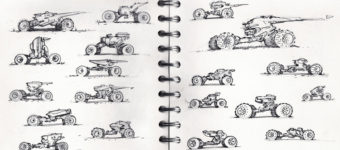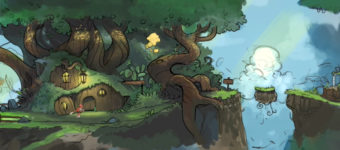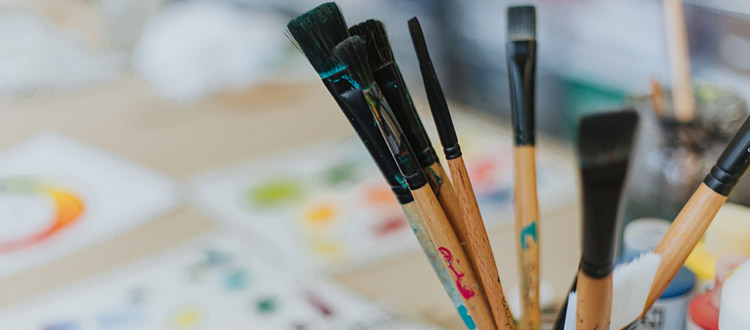
What is a Color Study & How Do You Do One?
A color study is a quick, loose practice piece for exploring different color options before beginning your actual piece.
It’s usually the next step after a thumbnail sketch.
While a thumbnailing session is meant to help you explore your composition, a color study helps you explore light, form, and mood by playing with different color palettes.
Think of a study much like an exploratory adventure to improve your color skills & to help you find cool ideas for your paintings.
Why Do A Color Study?
Here’s one of the biggest beneifts: color studies save you time and frustration.
Color studies are a good idea no matter what medium you’re working in whether it’s oil or acrylic paints, pastels, watercolors, or even digital painting.
Studies are a quick, low-stakes way to explore different moods and experiment with color palettes before you commit to the main piece.
Have you ever gotten halfway through a painting or drawing and noticed that you made a mistake that you now have to fix, or wished you’d done something different with your color palette?
A study can save you a lot of headaches down the road because it helps you make decisions beforehand.
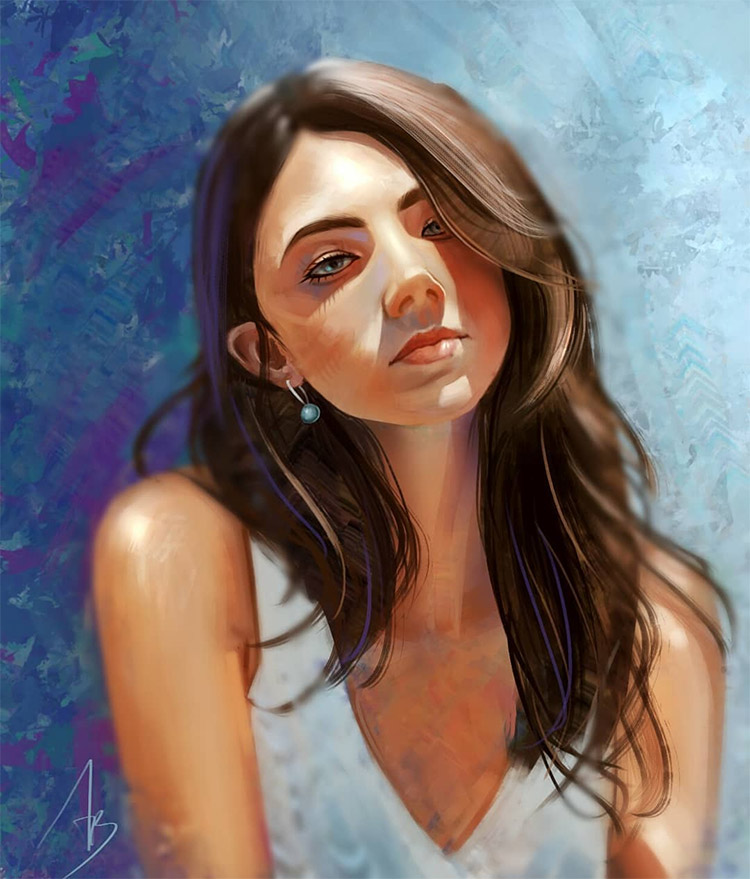
You color choices can mean the difference between a piece that’s just “meh” and one that’s unforgettable.
Color can completely change the mood of a painting. In fact, it often does.
Messing around with this beforehand can help you hone the feeling you want to convey in your piece.
If you’re working from life or a reference image you might be tempted to copy the colors exactly as you see them. But what if tweaking those colors or drastically changing them would create a more interesting, dynamic piece?
You never know until you try.
By taking the time to do color studies you’ll brush up on color matching and mixing skills. You’ll learn how different colors work together.
You’ll also get way better at working with values on the color spectrum, which will help when rendering light and shadow.
The best part is, color studies help you build what might be the most important skill an artist can have: the capacity to try new things.
As artists we want to innovate and create stuff no one’s thought of before. Yet it’s easy to get into a rut of repeating what we’ve done and what we know works.
Small, low-pressure color studies are a great way to bust out of a color rut and try something wild since your whole piece isn’t at stake.
It’s just a teeny little color study. No big deal!
How To Do Your Own Color Study
Like thumbnails, your color studies should be small.
Think postcard-sized for paint and pastel.
For colored pencils go even smaller.
If you’re working digitally use low resolution and resist the temptation to zoom in.
Be Loose
With all mediums go for big, broad strokes. And whatever you do, don’t worry about details.
Work quickly. Don’t overthink it.
Color studies shouldn’t take a lot of time.
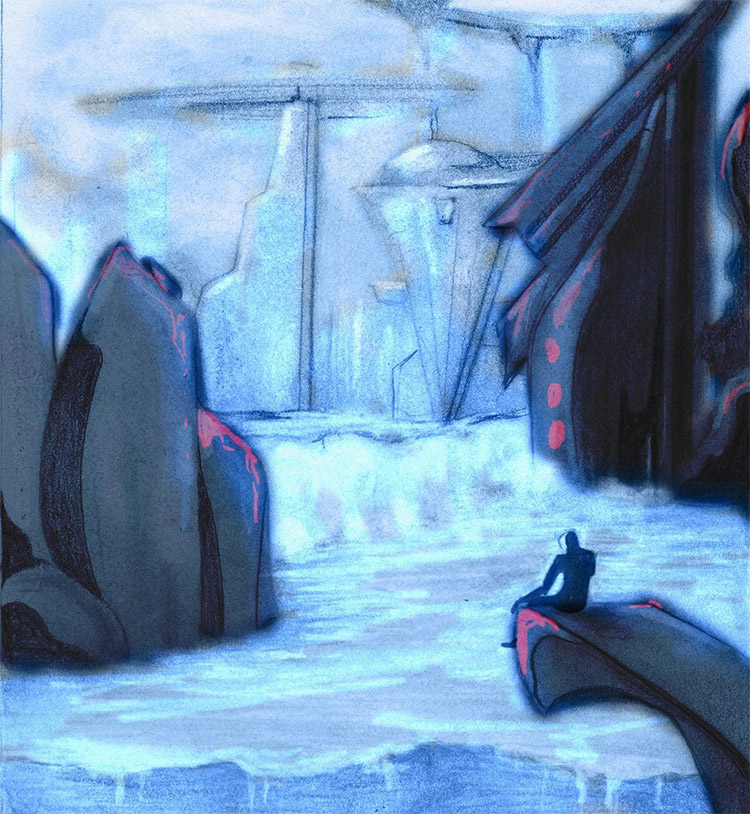
If you’re painting use bigger brushes than you normally would on a tiny piece.
Scale up your brush size if you’re going digital. For dry mediums don’t be afraid to scribble!
Include little swatches of your colors somewhere on the study like the top or bottom margin, or on another page. That’ll make them a lot easier to copy when you move onto the main piece.
If you’re really on the ball you can label your swatches. The more organized you are, the less time you’ll spend figuring things out again later.
Also try layering different colors, especially if you’re working with a translucent medium like watercolor or pastel.
Quick tip: if you’re going to be layering colors it’s also a good idea to do separate studies for each layer.
For example, if you’re creating a pastel piece make a quick study of the bottom layer. Then duplicate that study and add the next layer.
If you’re going to add a third layer duplicate the previous study and add the final layer.
That will help you keep track of the colors you’re using for each layer and help you spot areas where you want to make changes.
Pay Attention To Value
While you don’t need to worry about detail when doing color studies, don’t forget about value either.
Make sure the colors you choose are the correct values so you don’t completely lose the form in your study.
If you want to use yellow for a shadow make sure it’s a darker shade of yellow. If you want to paint light make sure to use a lighter or brighter color than the rest of the study.
Don’t Be Afraid To Experiment
Dare to push beyond your first impulse.
As artists we know that our finished pieces rarely look how we originally imagined them.
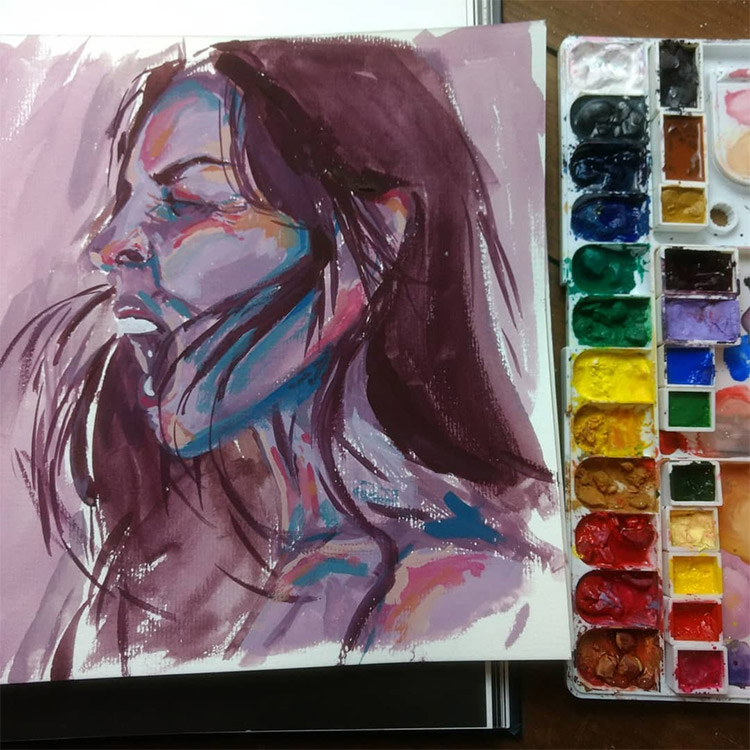
In the process of translating that piece from our imagination to the page or the screen we experimented, tried different things, and took some risks. Those risks are what makes a piece memorable.
It’s okay to experiment. If you’re working from a reference image or real life you don’t have to stick to the “real” colors perfectly. Try different hues and see how they look together.
Stretch yourself. Try something completely different.
Notice how the mood changes with each study. See what works and what doesn’t. You might end up choosing a color scheme that’s completely different from what you would have gone with otherwise.
Do More Than One Study
You’ll probably be tempted to bust out one quick color study that’s pretty good, then skip off to start your main piece. Don’t!
Make at least three color studies before moving onto the main project.
Try the same composition in bright colors, muted colors, muddied colors, maybe with a red hue, or with washed out tones like an old photograph.
Go crazy with different palettes and different temperatures. Push the values to the extremes. Make the sky green.
For a fun exercise try making a dozen or more studies of the same image. Why not?

It doesn’t even have to be preparation for a bigger piece. Do a bunch of different studies of a simple scene just to see how it would look.
Not only do color studies save you a lot of time, but they’ll push you as an artist and ultimately make you and your work better.
They’re a fast, commitment-free way to experiment with color and break out of color ruts.
They’ll build your skills in color selection and enable you to take chances with unusual color schemes.
With practice you’ll get comfortable with color studies and learn to create any mood you want, especially once you understand how to mix & match color ideas.



